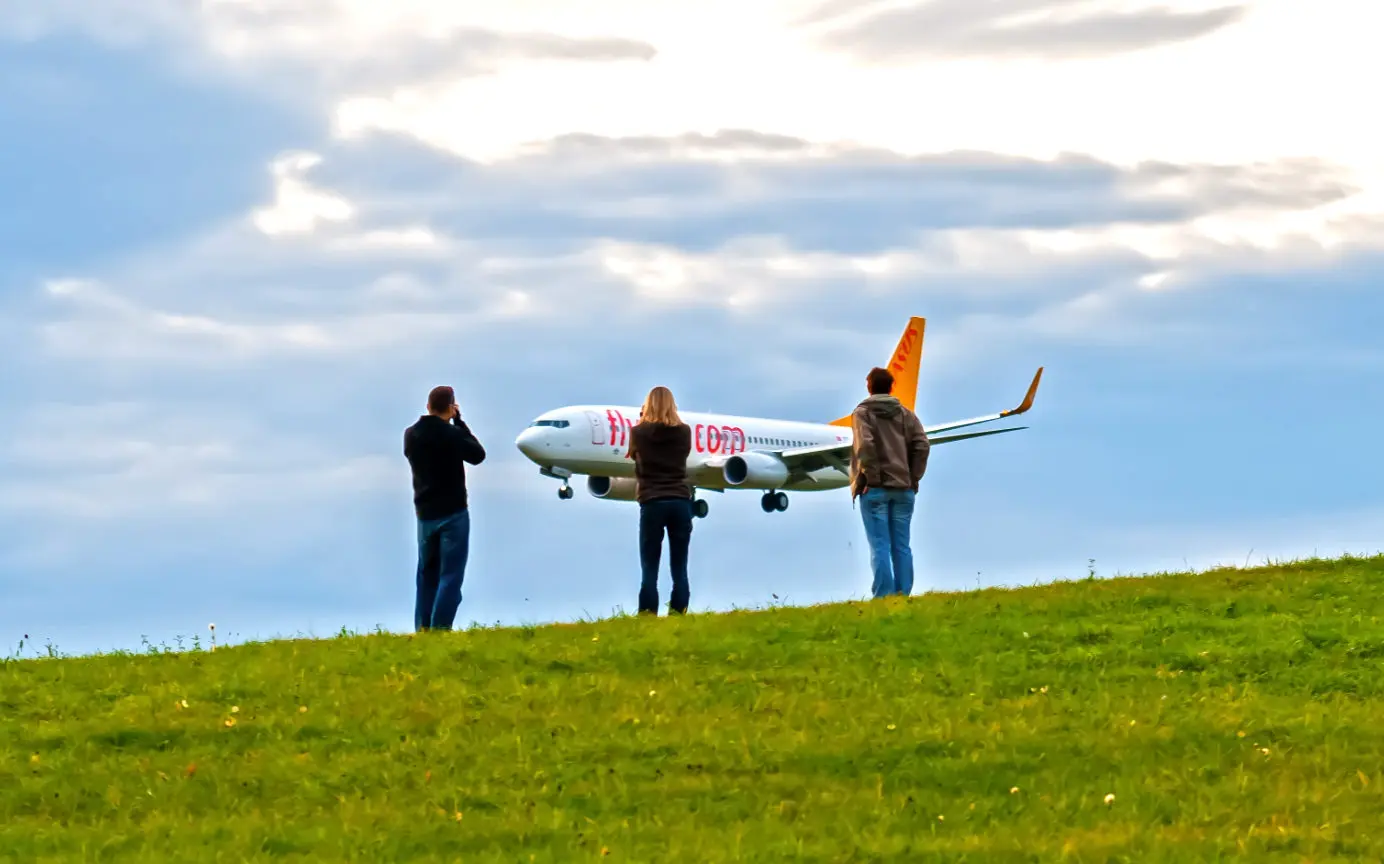
What is Plane Spotting? A Beginner's Guide
Plane spotting is a hobby of observing and logging aircraft that take off, land, or taxi at airports. Learn more about what plane spotting is, its history, and how to get started.
Table of Contents
Have you ever been mesmerized by the jets flying overhead and found yourself gazing at the sky? Do you love the thrill of traveling by air and the wonders of aviation technology? If so, plane spotting might be something for you. Plane spotting has been around for decades and involves observing and identifying aircraft as they take off, land, or taxi on the runway. It is a great way to deepen your understanding and enjoyment of aviation.
In this beginner's guide to plane spotting, we'll explore the basics of this fascinating hobby, from the equipment you'll need to the tips and tricks for identifying different types of planes. Whether you're a seasoned aviation enthusiast or a curious newcomer, this guide will give you the tools to take your passion for planes to the next level.
What is Plane Spotting?
Plane spotting involves observing and identifying aircraft as they take off, land, or taxi on the runway. It's a popular activity among aviation enthusiasts who are fascinated by planes and the technology behind them. Plane spotting can be done at airports, airshows, or other locations where planes are present. No special skills or training is required, just a love of aviation and a wish to learn more about airplanes.
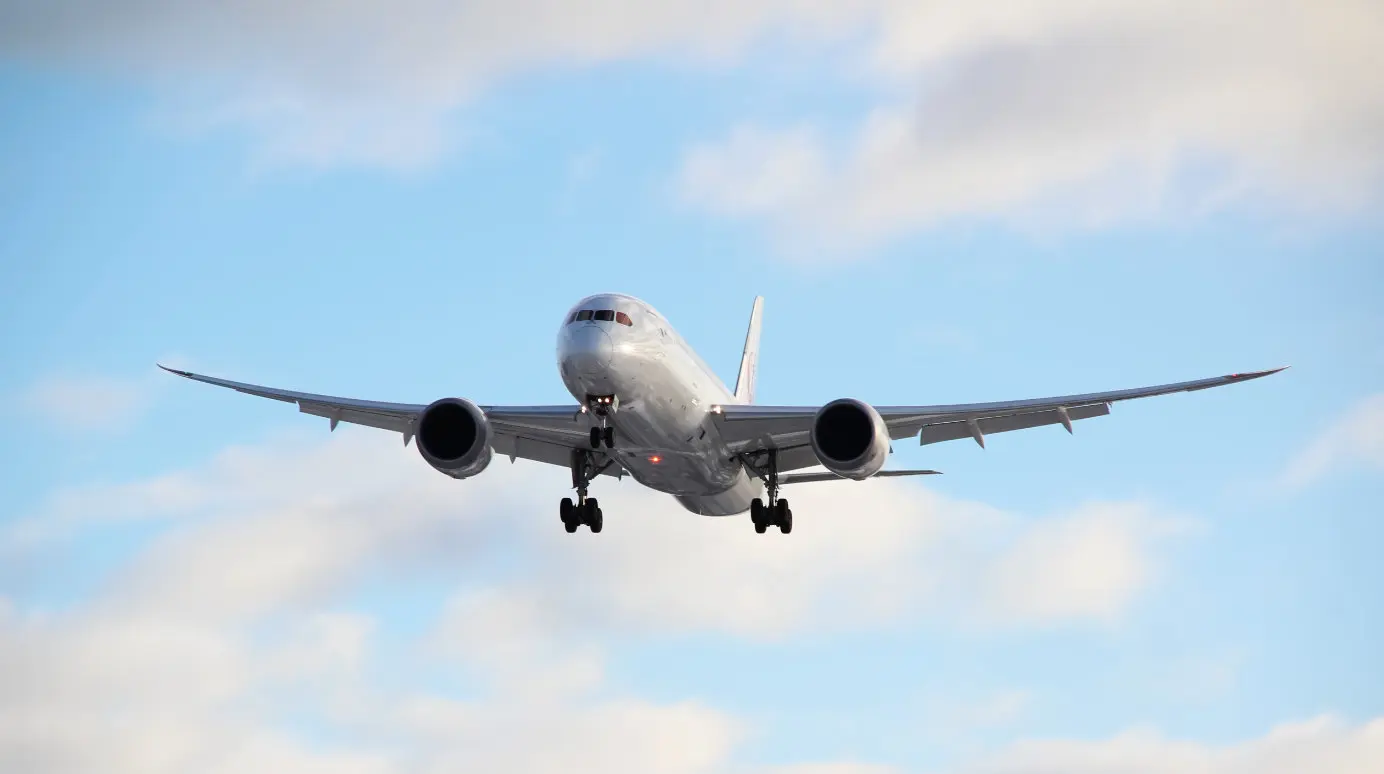
For aviation enthusiasts, plane spotting is a way to deepen their understanding and appreciation of planes and the technology behind them. It can also connect you with like-minded individuals and build a sense of community around a shared passion. For photographers and videographers, plane spotting provides an opportunity to capture stunning images and videos of planes in action. And for travelers, plane spotting can be a rewarding and exciting way to pass the time while waiting for a flight.
The History of Plane Spotting
Since the beginning of aviation in the early 1900s, enthusiasts have watched airplanes and other aircraft. At that time, planes were a novelty, and people would gather at airfields to watch them take off and land. The term "plane spotting" emerged during the Second World War when some countries encouraged citizens to spot and observe planes for public security reasons.
As aviation technology advanced, so did the hobby of plane spotting. In the 1950s and 1960s, spotting became more popular, and enthusiasts began using binoculars and cameras to capture images of aircraft. Technological advances like digital cameras and the internet further stimulated the hobby. Today, with the rise of social media and aviation websites, plane spotting has become a global phenomenon, with thousands of enthusiasts sharing their photos and experiences online.
Essential Tools for Plane Spotting
You'll need a few essential tools to get started with plane spotting. First and foremost, you'll need a good pair of binoculars. Look for binoculars with a magnification of at least 8x and an objective lens diameter of at least 40mm. You'll also need a camera, preferably with a telephoto lens, to capture close-up images of planes. A tripod can also keep your camera steady and reduce camera shake. Finally, you'll need a notebook or logbook to record the planes you observe and their details, such as the aircraft type, registration number, and airline.
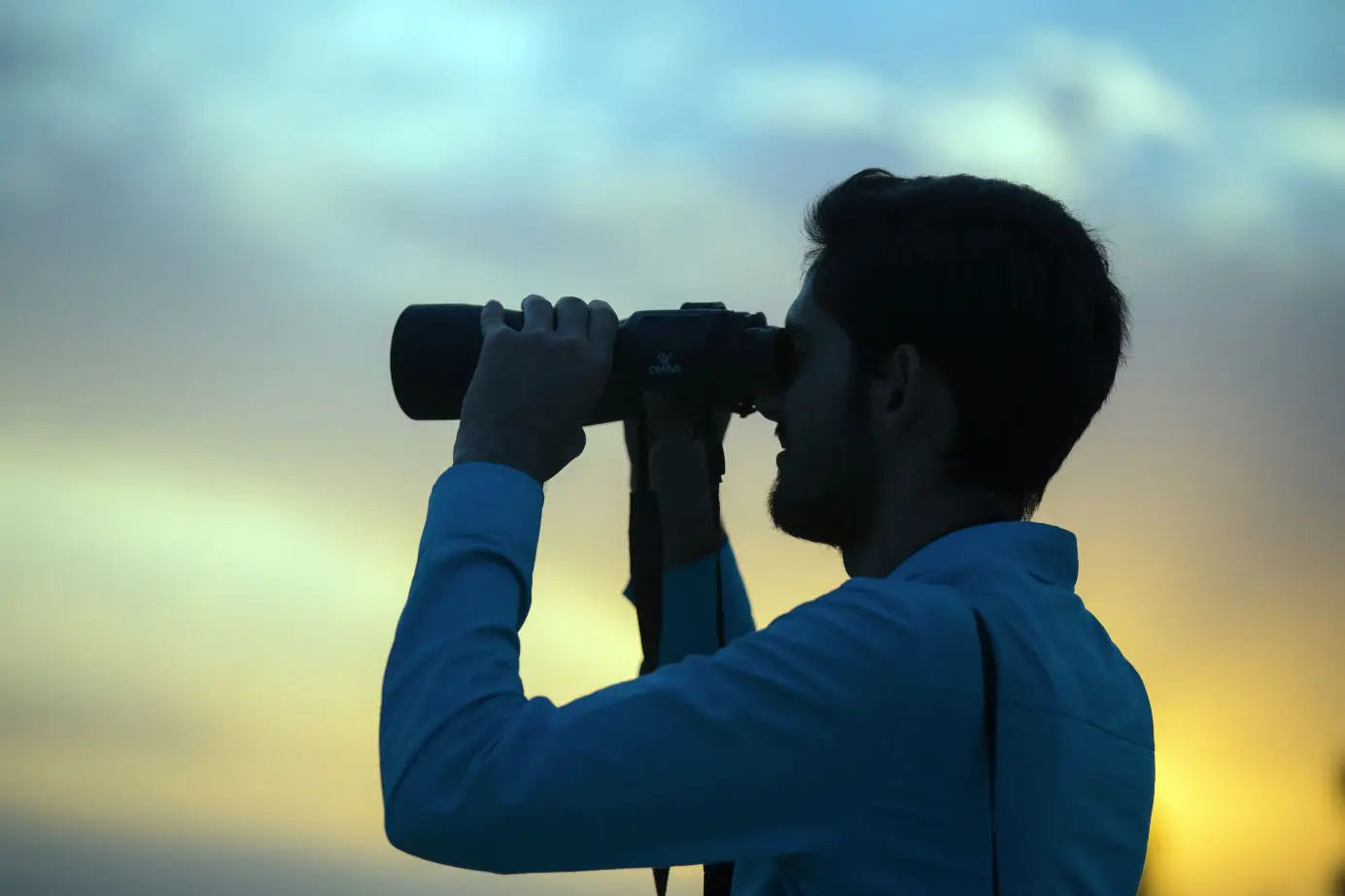
How to Identify Different Types of Planes
Identifying different types of planes can be challenging, especially for beginners. However, you can quickly learn to recognize the variations between planes with practice and the appropriate equipment. One of the easiest ways to identify planes is by their size and shape. For example, a small regional jet will look very different from a large jumbo jet. You can also look for distinctive features such as the number of engines, the wings' shape, and the landing gear's placement. Finally, you can use your binoculars and camera to closely examine the plane's details, such as the airline logo, registration number, and other markings.
Understanding Airport Codes and Flight Numbers
When plane spotting, it's essential to understand airport codes and flight numbers. Airport codes are three-letter codes assigned to airports around the world. For example, JFK is the airport code for John F. Kennedy International Airport in New York. On the other hand, flight numbers are unique identifiers assigned to each flight. They typically consist of two letters followed by a four-digit number, such as BA1234, for a British Airways flight. By understanding airport codes and flight numbers, you can track the planes you observe and learn more about their routes and destinations.
Tips for Finding the Best Plane Spotting Locations
Finding the best plane-spotting locations can be challenging, especially if you're unfamiliar with the airport or the area. However, with research and planning, you can find some great spots to observe and photograph planes. One of the best ways to find plane spotting locations is to check online forums and websites dedicated to aviation enthusiasts. These communities often have detailed information about the best spots and tips on the best times of day and the best angles to use. You can also check Google Maps or other mapping tools to get a bird's eye view of the airport and the surrounding area.
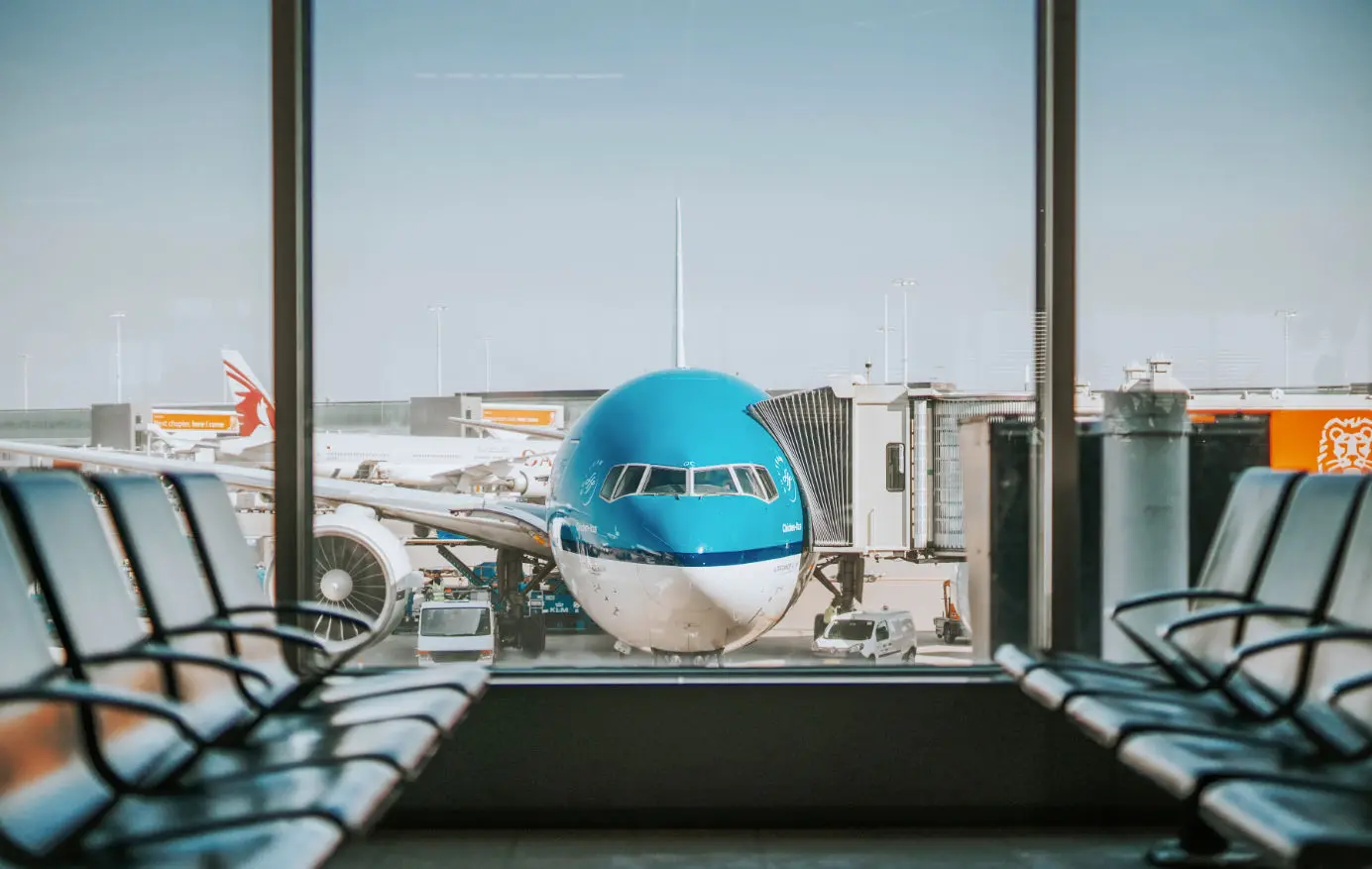
Safety Precautions for Plane Spotting
While plane spotting can be a fun and exciting hobby, it's essential to take safety precautions to ensure your own safety and the safety of others. Always obey all signs, barriers, and fencing around the airport or other plane-spotting locations. Never trespass on private property or enter restricted areas. Always keep a safe distance from the planes, and never attempt to touch or interact with them in any way. Finally, be aware of your surroundings and stay alert at all times.
Plane Spotting Communities and Events
If you're interested in plane spotting, you're not alone. There are many communities and events dedicated to this fascinating hobby. Online forums and groups on social media are a great way to connect with other aviation enthusiasts and share your photos and experiences. You can also attend airshows and other aviation events to see planes up close and meet other enthusiasts. Finally, many airports offer official plane spotting areas where you can observe and photograph planes in a safe and controlled environment.
Conclusion
The art of plane spotting is a fascinating and rewarding hobby that can deepen your understanding and appreciation of aviation. By observing and identifying planes, you can learn about the different types of aircraft, airlines, and destinations around the world. You can quickly become a skilled plane spotter with the right tools and a little practice. Whether you're a seasoned aviation enthusiast or a curious newcomer, the world of plane spotting is waiting for you to explore it. So grab your binoculars, camera, and notebook, and head out to your local airport to start your adventure today.
Also read:
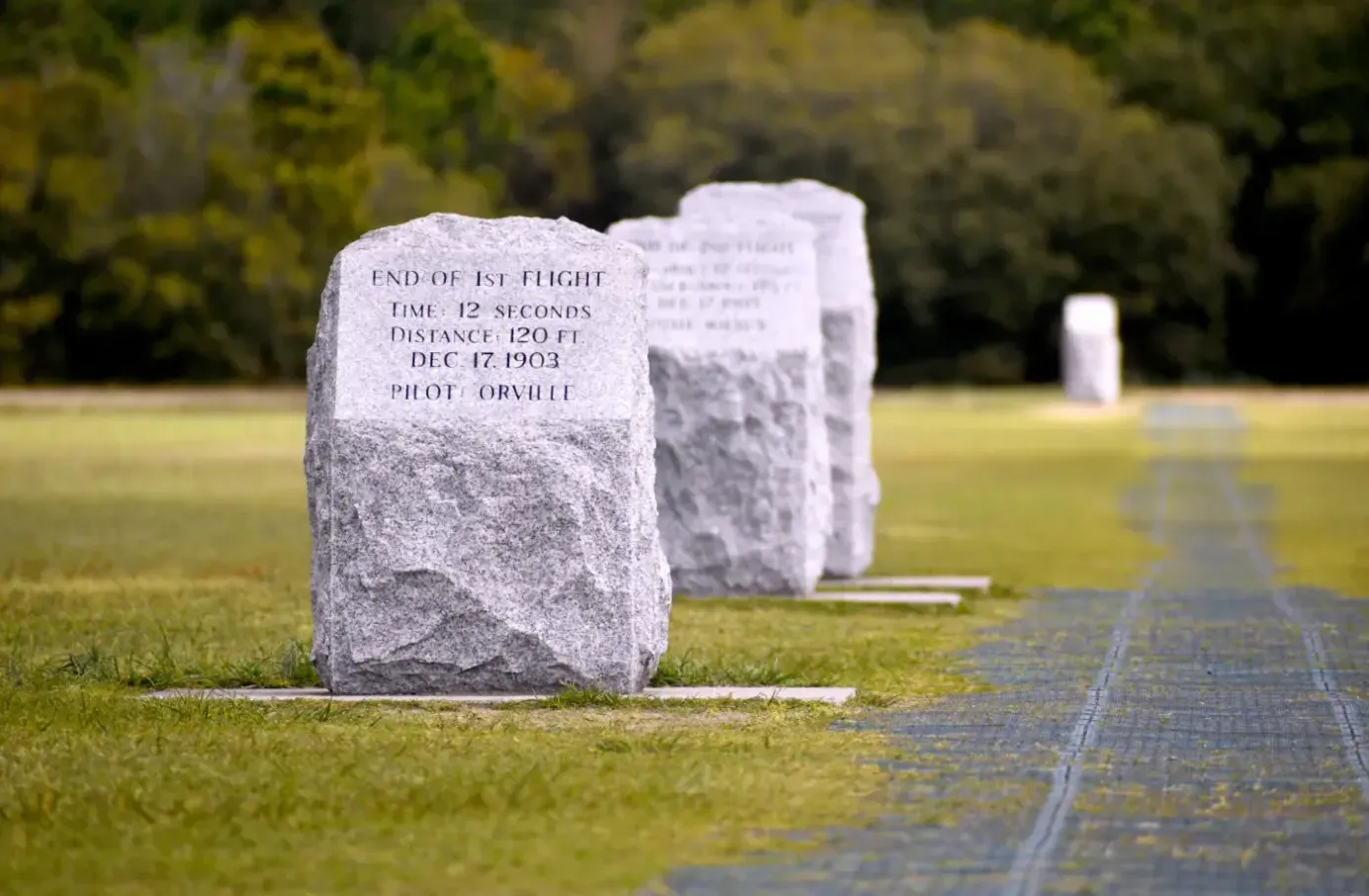
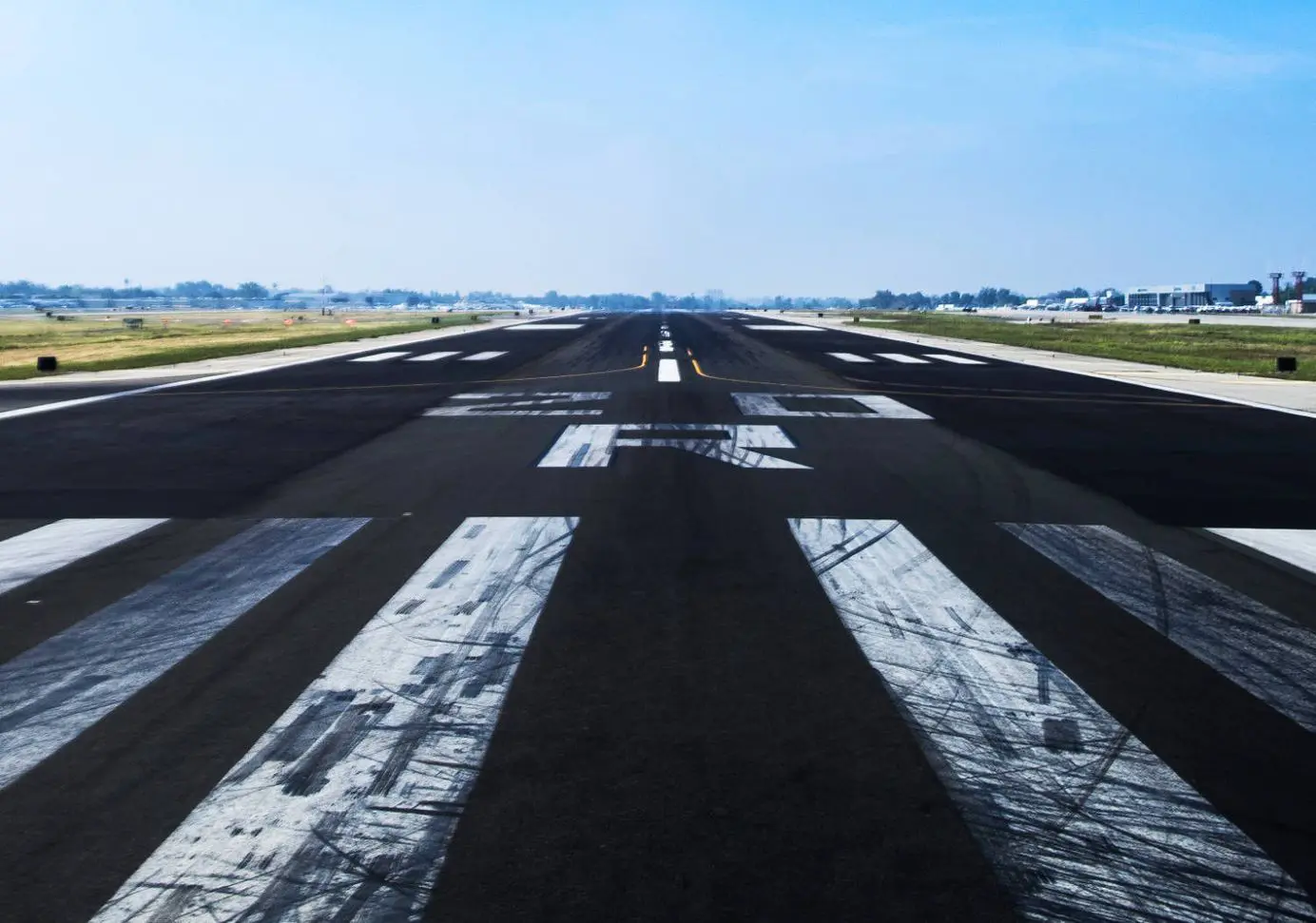

Planenerd Newsletter
Join the newsletter to receive the latest updates in your inbox.







